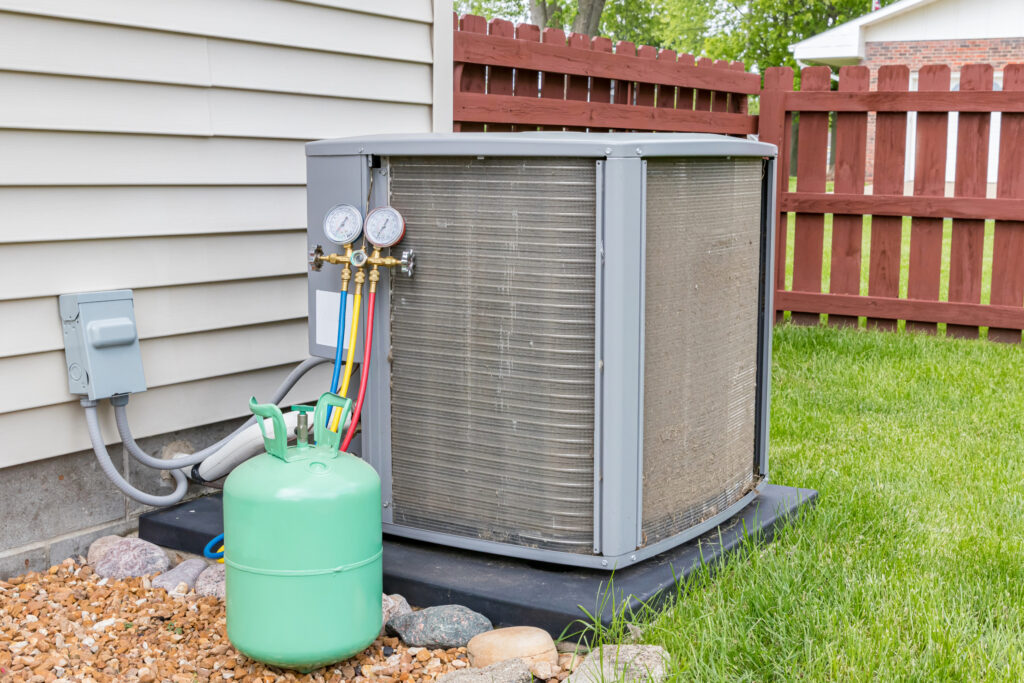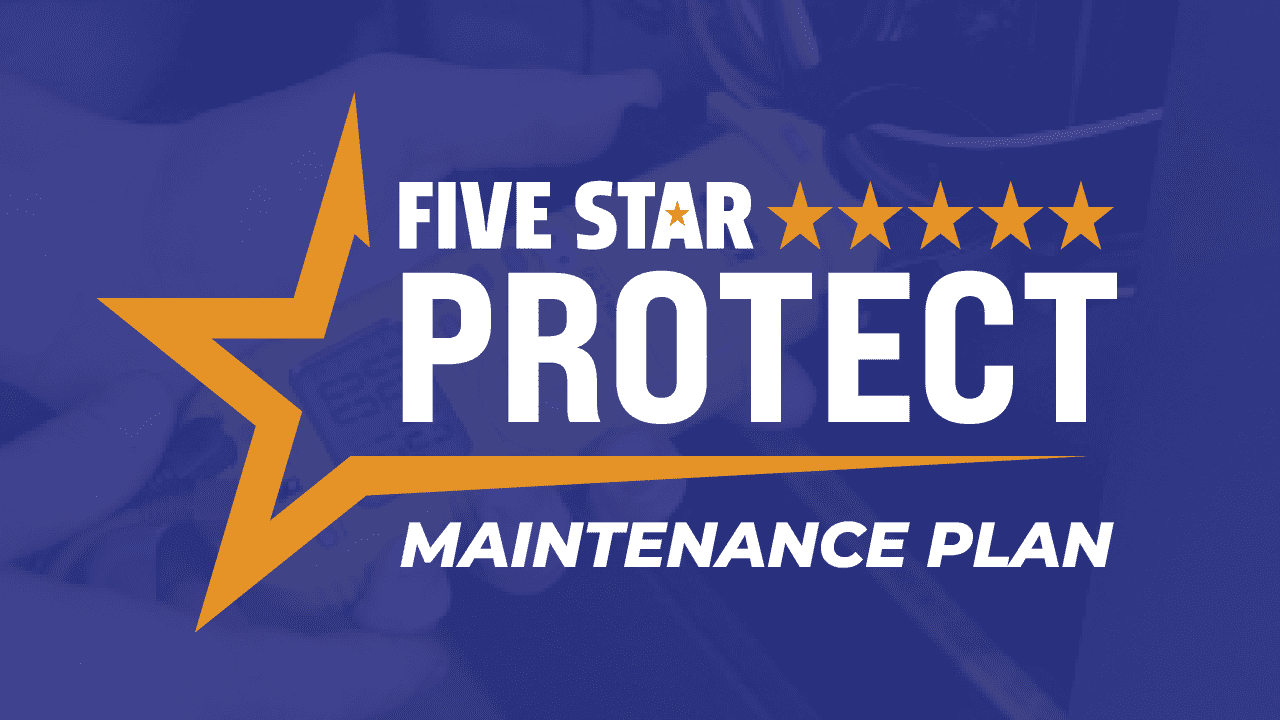The HVAC industry has seen notable shifts recently, particularly with regard to HVAC refrigerants. As we continue into 2025, it is crucial for homeowners to be aware of these changes to make savvy decisions about their heating and cooling systems. Whether you’re contemplating an upgrade or maintaining your current setup, grasping the latest in refrigerant technology is essential.
Understanding HVAC Refrigerants
Refrigerants are core components of HVAC systems responsible for cooling by absorbing heat from their surroundings during evaporation. Historically, many refrigerants have been detrimental to the environment, prompting the shift to more sustainable options and the phasing out of older substances.

The Phase Out of R-22
A major development in recent years is the discontinuation of R-22. Once widely used in older air conditioning units, the production and importation of R-22 ceased in the United States as of January 1, 2020. This change forces homeowners with older systems to grapple with higher maintenance and refill costs due to limited and expensive supplies of R-22.
The Emergence of R-410A and Other Alternatives
R-410A has become the standard for new HVAC systems thanks to its greener credentials. It is more energy-efficient and does not deplete the ozone layer. However, the HVAC sector continues to innovate in refrigerant technology. New refrigerants like R-32 and R-454B are increasingly preferred for their lower Global Warming Potential (GWP), offering a more sustainable choice. R-32, in particular, is noted for its enhanced energy efficiency and reduced environmental impact.
Keep in mind that as environmental regulations rise, the HVAC industry is undoubtedly moving toward more sustainable practices. Because of this, new refrigerants are being created to reduce global warming and ozone depletion impacts.
Implications for Homeowners
1. Evaluating Your Current System
If your current HVAC system uses R-22, it’s wise to start considering an upgrade to models using R-410A or other environmentally friendly refrigerants. Although the initial investment for a new system may be substantial, the long-term benefits include reduced energy costs, lower maintenance fees, and positive environmental impacts, making it a prudent choice.
2. Staying Updated on Regulations
Keeping up with changing refrigerant regulations is crucial. Being informed not only helps homeowners remain compliant but also supports making environmentally sound decisions.
3. Seeking Professional Guidance
Consulting with a licensed HVAC expert is advisable for anyone unsure about their system’s refrigerant needs or considering upgrades. Professionals can offer advice on efficient and eco-friendly options tailored to your situation.
Fortunately, our Centerville Heating & Air technicians are NATE-certified and have extensive training and years of accumulated experience.
4. Focusing on Energy Efficiency
Prioritizing energy efficiency when upgrading or installing HVAC systems is beneficial. Modern systems using advanced refrigerants tend to use less electricity, leading to significant savings on energy bills over time.
How to Check Your HVAC System’s Refrigerant Levels
Maintaining the right amount of refrigerant is essential for your HVAC system to function efficiently. If refrigerant levels drop too low, you may experience poor cooling, increased energy bills, and even potential system damage.
As a homeowner, being aware of the warning signs can help prevent costly repairs. If you suspect your refrigerant levels are low, here’s what to look for and what steps to take next.
- Watch for Signs of Low Refrigerant: If your air conditioner is blowing warmer air than usual, it could be a sign that your system’s refrigerant levels are low. Other red flags include your system running longer than normal, a sudden spike in your energy bills, or ice forming on the refrigerant lines. Additionally, you should also pay attention to any hissing or unusual noises coming from your HVAC unit—these sounds could indicate a refrigerant leak that needs immediate attention.
- Check for a Refrigerant Sight Glass: Some HVAC systems come with a sight glass near the refrigerant line, allowing for a quick visual inspection. If the liquid inside flows smoothly and appears clear, your system likely has an adequate refrigerant level. However, if you notice bubbles or foam, this could signal a low refrigerant charge or a potential leak. If your system doesn’t have a sight glass, don’t worry—just proceed to the next step.
- Call the Experts at Centerville Heating & Cooling: We’ve got you covered! If your HVAC system is low on refrigerant, it’s crucial to have a licensed professional inspect it for leaks before recharging (refilling) the system. Our experienced technicians have the proper tools and training to diagnose, repair, and safely refill your system, ensuring everything is running efficiently. Rest assured, we’ll take care of it quickly and professionally!

As the HVAC refrigerant landscape evolves, it’s important for homeowners to stay updated on these changes. Knowing which refrigerants are being phased out and which are poised to become the new standard will aid in making informed decisions about your HVAC system. Prioritizing energy efficiency and consulting with experts can help ensure a comfortable and eco-friendly home environment.
Rely on Centerville Heating & Cooling for all your HVAC needs. You can count on us to be your one-stop shop for all things HVAC-related. So, whether you’re planning to upgrade your system or perhaps your recommendation regarding refrigerants and AC maintenance solutions, we promise to provide great customer on every call, every time.
For more tailored advice and services, reach out to Centerville Heating & Cooling. Our team is ready to assist you with all your HVAC needs, ensuring your home maintains comfort and sustainability. You can reach us at (937) 353-1169, or schedule an appointment online now by clicking here!
In the meantime, feel free to read our blog on how to stay cool while you wait for your technician to arrive.





